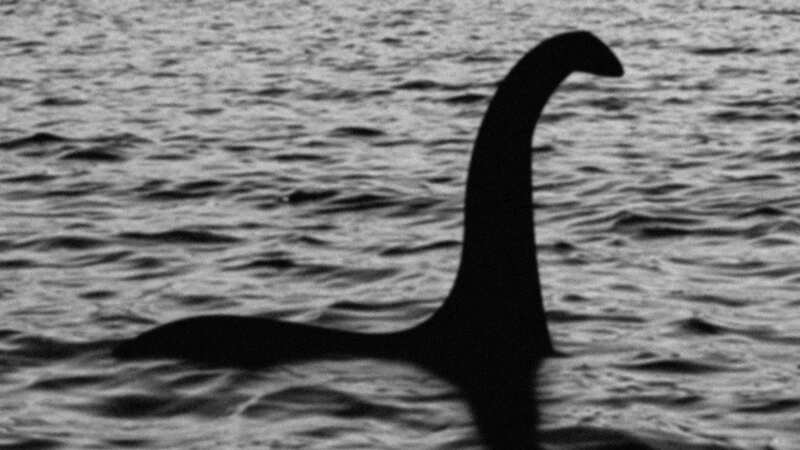Loch Ness breakthrough as new DNA throws up dramatic theory about 'blob monster'

DNA testing has thrown up a new theory surrounding the Loch Ness Monster.
Investigators collected water samples from the famous Scottish lake's Borlum Bay during the largest search for Nessie in over 50 years. Matty Wiles, 49 and Aga Balinska, 42, who were volunteering as part of the search, which took place over the last weekend of August this year.
They went for an early morning swim at 6.30am and saw two humps and a third appendage, possibly a head, in the water. They took photos and videos and shared their findings with Loch Ness Exploration, a group set up to research the mysteries of loch and coordinated the search.
Documentary producers working on new TV series, Weird Britain, by Dragonfly Films were there to chronicle the hunt for Nessie as the season finale of their series. They decided to collect water samples to send for eDNA analysis. eDNA or environmental DNA analysis is a new method of amplifying traces of DNA left behind by an animal in its habitat, the environment in which it lives.
 Director Matt Everett films Ken Gerhard collecting water samples for new show Weird Britain (Dragonfly Films / SWNS)
Director Matt Everett films Ken Gerhard collecting water samples for new show Weird Britain (Dragonfly Films / SWNS)The samples were sent to a private laboratory called Jonah Ventures in Boulder, Colorado, US, which was founded in 2013 with the aim of helping other scientists answer ecological questions by sequencing environmental DNA. The tests detected two types of algae, with experts claiming it suggests Nessie could be an algae-based creature.
 Inside hoax claims and secrets of world's richest dog Gunther in new Netflix doc
Inside hoax claims and secrets of world's richest dog Gunther in new Netflix doc
TV presenter and cryptozoologist Ken Gerhard shared: ''The tests only detected algae, which of course is exciting news if we consider the possibility that Nessie is a giant algae blob monster."
The site where the water sample was collected was also made famous in 1934 when a housekeeper called Margaret Munro sighted the legendary beast. Producer Tim Whittard said: "The ability to now make use of new eDNA analysis techniques presents an exciting step forward for wildlife researchers, and may help us to find answers to some of the most fascinating and puzzling mysteries of the natural world."
The new TV series Weird Britain, by Dragonfly Films is set to be released in early 2024.
* An AI tool was used to add an extra layer to the editing process for this story. You can report any errors to [email protected]
Read more similar news:
Comments:
comments powered by Disqus

































